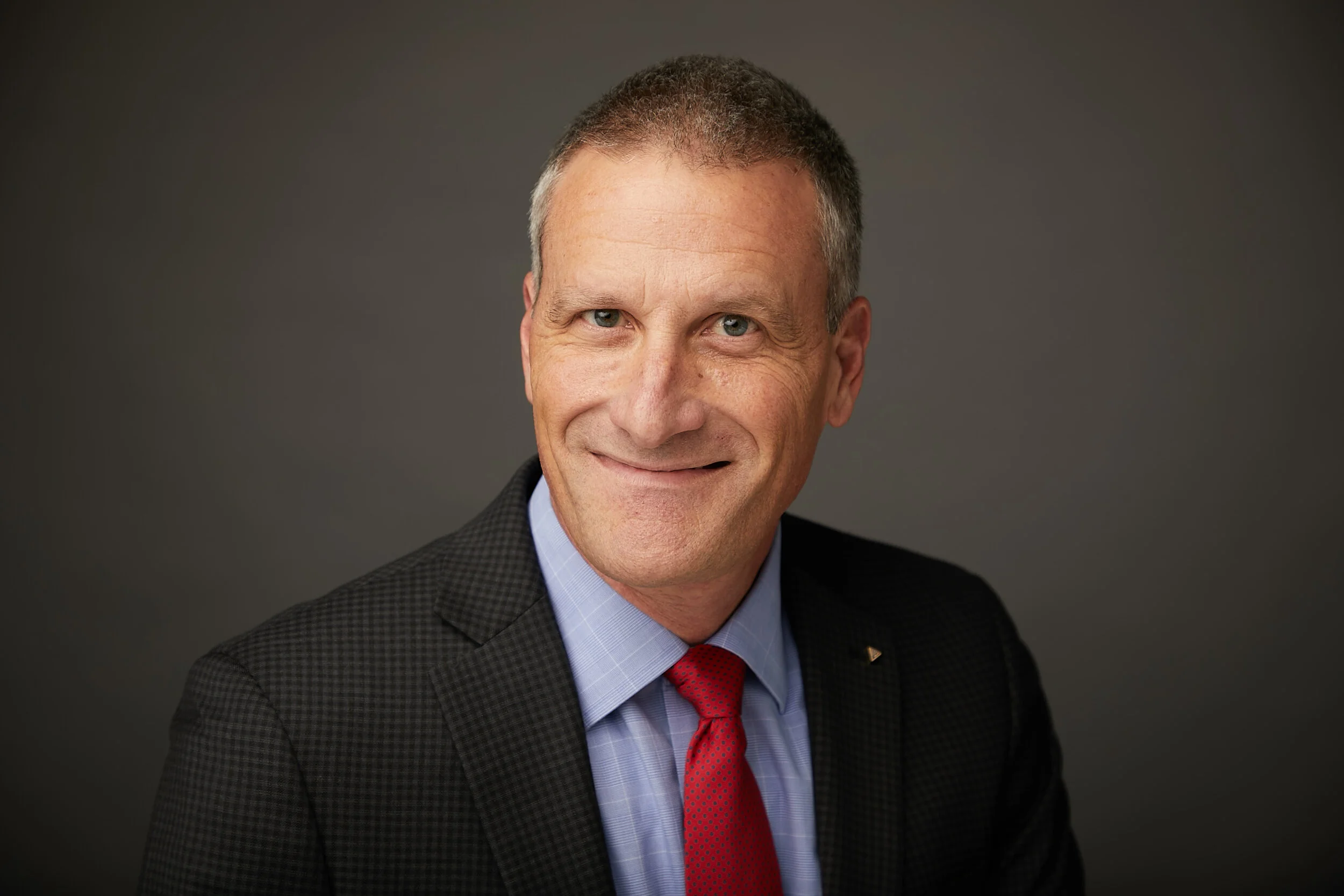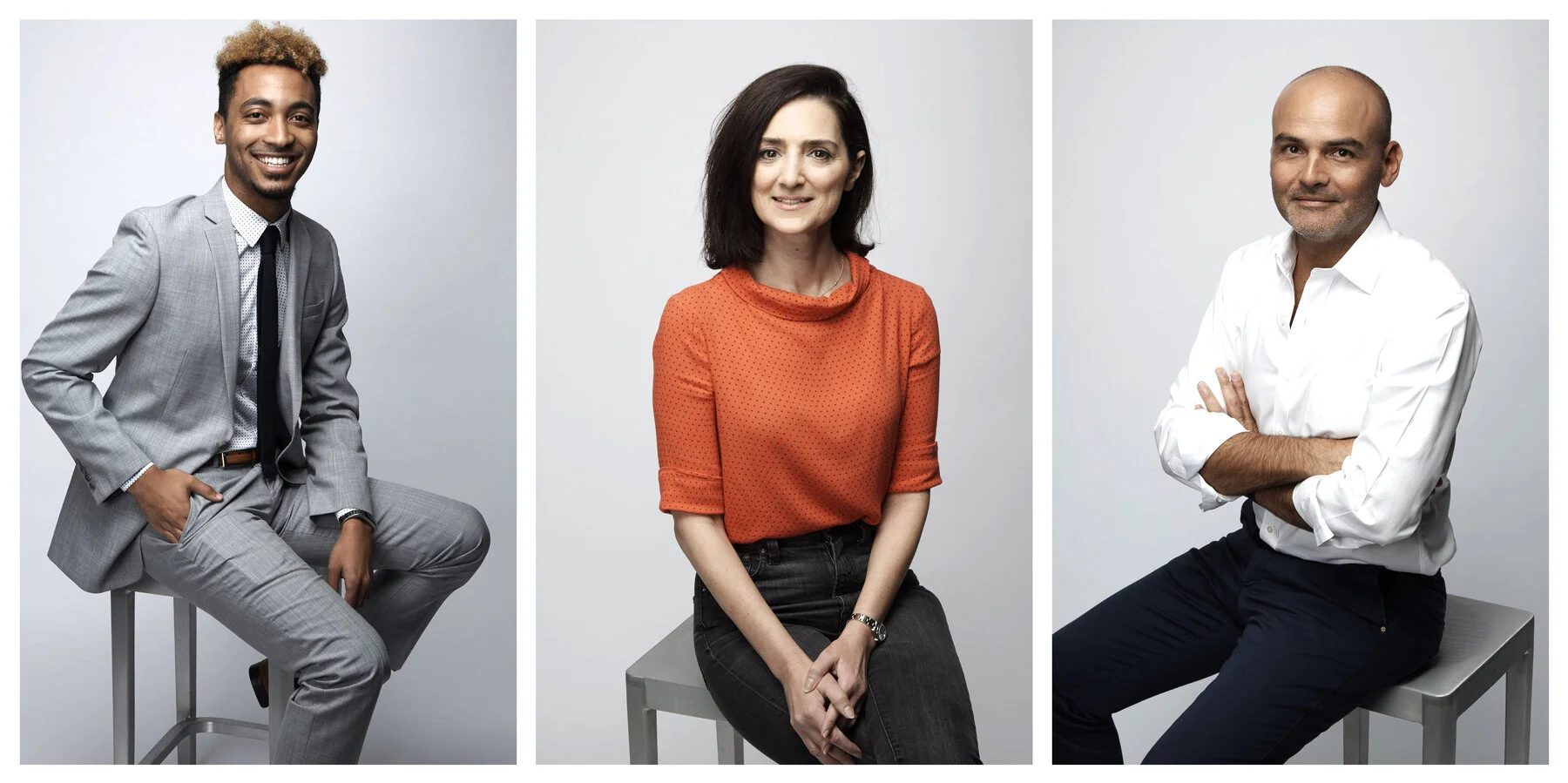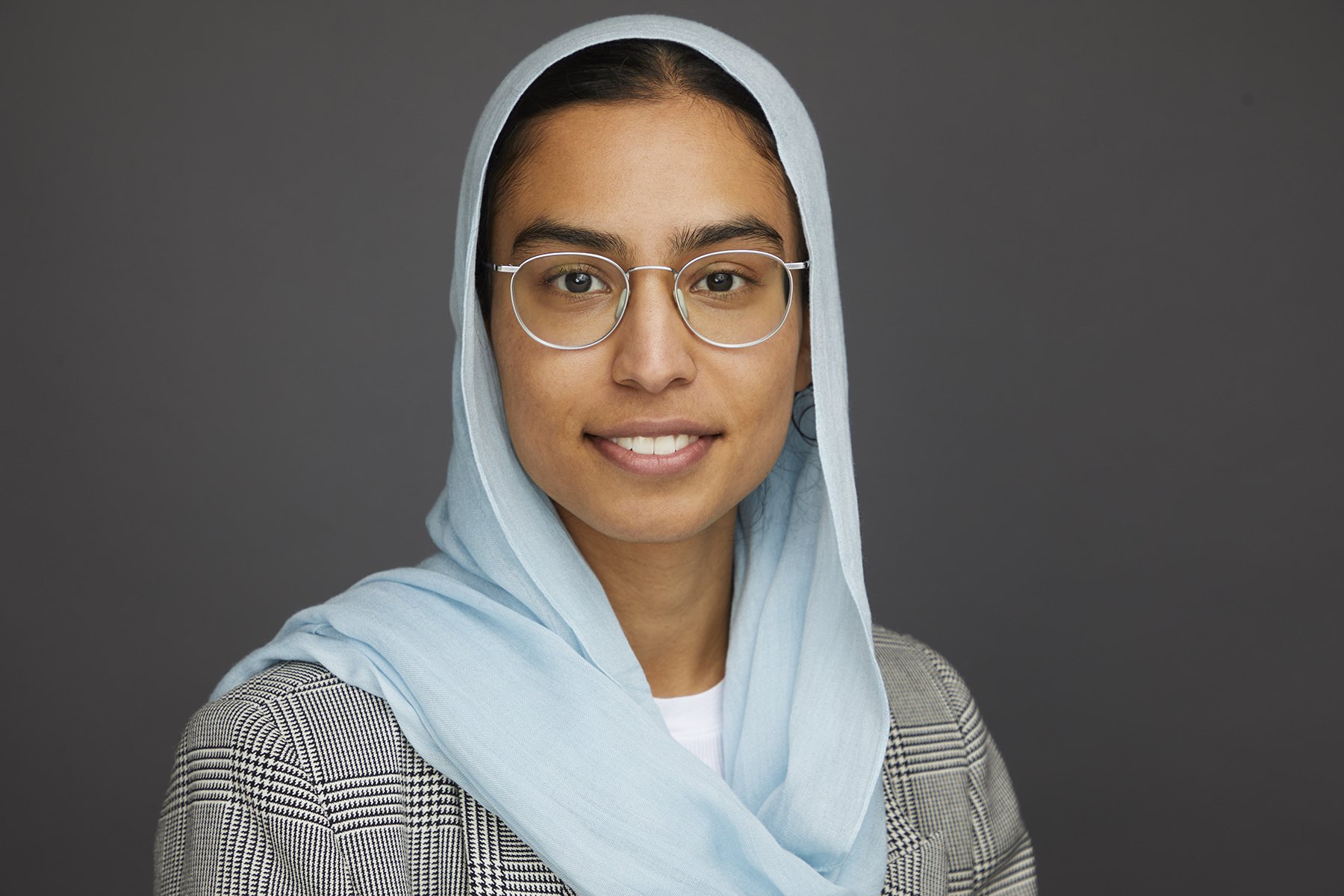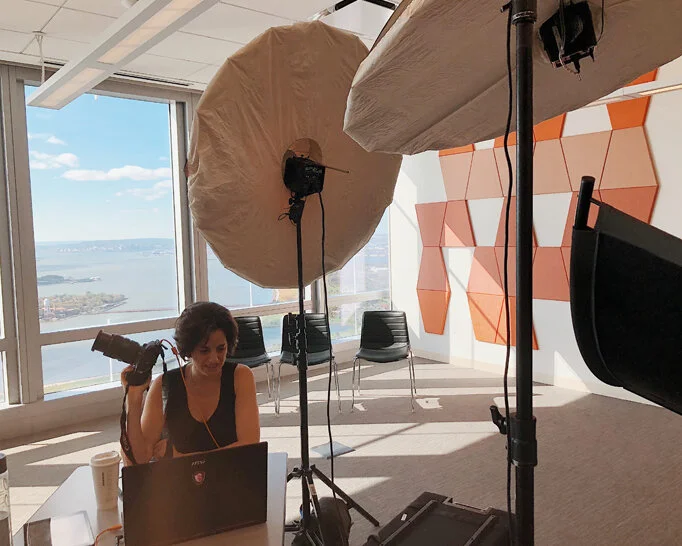Restart - Booking Your New York Corporate Headshot Shoot
Our New York headshot photographers are ready to start taking your executive headshots and corporate portraits.
We are finding that our clients are ready to start thinking about projects long delayed by coronavirus. Thankfully for us, that includes getting their corporate headshots updated. New York and the surrounding areas have done the work to contain the virus and we are ready to carefully step back into our role as their New York corporate headshot photographers.
The way that we do things is a little different now with the goal being to keep you, your staff and our team safe.
Booking The Booth for Business.
Booking us is not much different. If you are looking to start a new corporate headshot project, start by giving us a call. We will talk to you about your needs, touching on how many people we are covering, what creative looks you are considering, background types, location, etc. If you are a client that was already booked, our conversation with you will act as an update. We will confirm details and find out if there have been any changes to the plan since we last spoke.
Space and Location For Your Corporate Headshots
For the foreseeable future we will be giving space and location quite a bit more consideration. Like in every public circumstance right now, we must maintain the minimum of 6 feet of distance between the photographer and his/her subject. We almost always come to the client's place of business (you), so one of our pre-shoot priorities would be to vet the location a little more thoroughly so we know we can set up properly for this distance.
Space and access will be the key factors we consider when we are sending our corporate headshot photographers out to setup a studio in your office. Ideally, the room would be 15 feet in at least one direction. This gives us space for our gear and our people to stay separate. We would also prefer a space where we can set up so the subject can walk into position without passing the photographer. Again, the less contact, the better!
What Does Your New York Corporate Headshot Photographer Want You To Wear?
Our recommendations on what to wear and how to prep are the same as pre-covid. Stick to solids and wear clothes that have a nice structure. Keep things as simple as possible. For one, it will highlight you and look nice in the photo. Also, there is less need to adjust well-fitting, uncomplicated outfits. In pre-Covid19 times, we would approach the subject and with his/her permission, and either direct or help them to adjust an item of clothing that might be laying wrong or hanging improperly. We can still direct our subjects, but the distance makes it more difficult.
The same is true for jewelry. Try to wear chains that don't tangle or earrings that hang properly without getting stuck in long hair. Again, the less you need to rely on our New York photographers for adjustments, the better.
Before you come into the room for your shoot, stop and look in a mirror. You have already taken precautions with your outfit and accessories for the day. Now do a last minute check:
-smooth down stray hairs with a hair product or, in a pinch, with hands lightly coated with lotion.
-if wearing a necklace, check that the clasp is in the back and that any charms are hanging straight.
-if wearing earrings, make sure they are arranged and hanging properly.
-check that your collar is folded neatly.
-neatly tuck shirts.
-check for exposed undergarments (bra straps especially).
Pre-shoot Timing
For the time being, we are strongly encouraging clients to use our scheduling tool. This will give each subject a designated 10 or 15 minute window, for example. We will time our work in an effort to clear the room of one subject before the next one comes. Here is a link to how our scheduling tool works.
Finally, the images will all be viewed and delivered digitally. We will send a password-protected gallery to the client with all of the download-able images. Our goal is always to get photos to our clients within 3 days of the shoot, but, of course, this depends on the size and complexity of the project.
Taking all of these precautions will help you prepare for a great shoot. As New York corporate headshot photographers, we are a all about keeping the quality high and the experience safe.
















































































